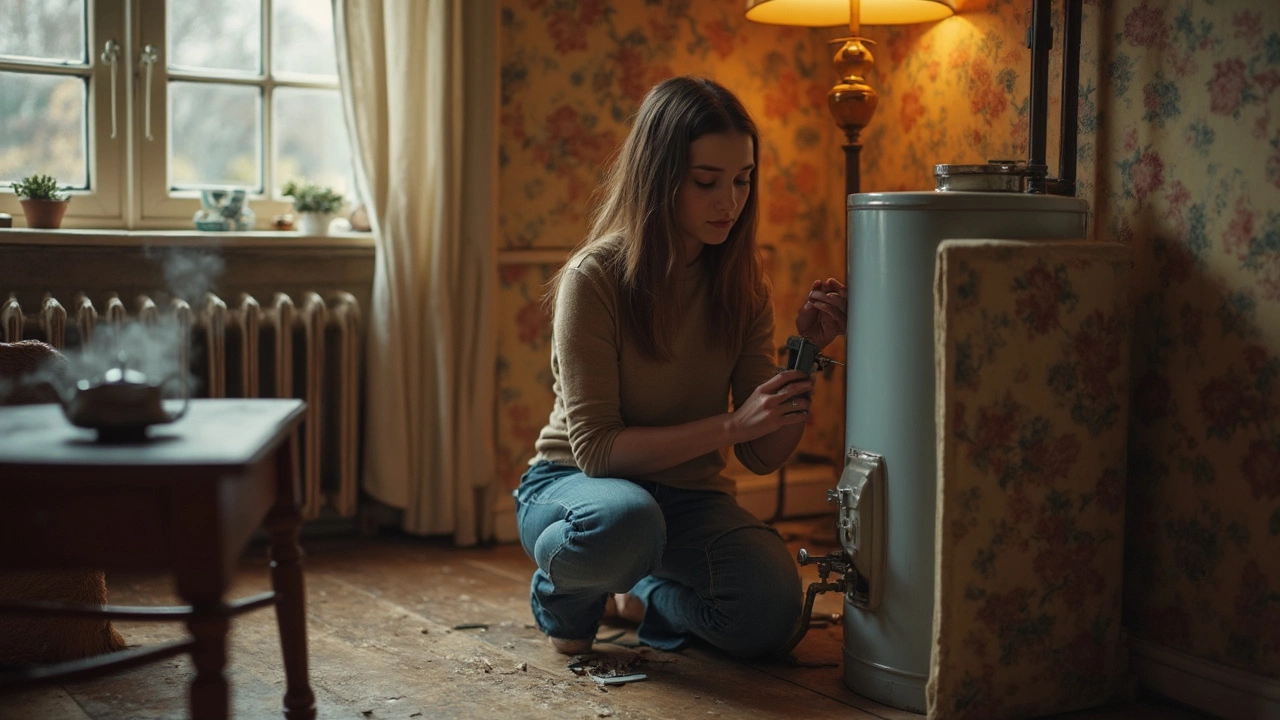Cold Water Issue – How to Get Hot Water Back Fast
Nothing feels worse than turning on the shower and getting a blast of cold water. Whether it’s the tap, shower, or boiler, a cold water issue can ruin your day. The good news is many of the common causes are easy to spot and fix yourself. Below we walk through the first things to check, simple DIY fixes, and the red flags that mean you should call a professional.
Basic Checks Before You Grab Tools
Start with the obvious. Is the cold water problem affecting every faucet or just one? If it’s only one, the issue is likely a clogged aerator or a faulty cartridge. Unscrew the aerator, clean out any debris, and screw it back on. For a single‑tap problem, the cartridge inside the valve can wear out; swapping it out is a quick job with a few basic tools.
If the whole house is getting cold water, move on to the next step – the water heater or boiler. Make sure the power is on (for electric units) or the gas valve is open (for gas units). A tripped breaker or a blown fuse can shut the heater down without you realizing it.
DIY Fixes for Common Cold Water Causes
1. Reset the thermostat. Many modern water heaters have a reset button near the thermostat. If the heater has shut off because of overheating, pressing the reset can bring it back online. Just be sure the water temperature isn’t set too high – 120°F (49°C) is usually safe.
2. Check the pilot light. For gas heaters, a gone‑out pilot means no heat. Follow the manufacturer’s instructions to relight it. If the pilot won’t stay lit, you may have a gas‑supply problem that needs a pro.
3. Flush the tank. Sediment builds up over time and can block the heating element. Turn off the heater, attach a garden hose to the drain valve, and let the water run until it’s clear. Then refill and restore power.
4. Look for a broken dip tube. The dip tube sends cold water to the bottom of the tank where it’s heated. If it cracks, cold water mixes with hot water right away, leaving you with a lukewarm shower. Replacing the dip tube is a cheap fix that restores proper heating.
5. Inspect the boiler pressure. Low pressure can prevent the boiler from heating water correctly. Find the pressure gauge – it should read around 1.0–1.5 bar when the system is cold. If it’s low, use the filling loop to add water until the gauge hits the right range.
These steps cover the majority of cold water problems you’ll see in a typical UK home. Most of the fixes take under an hour and require only basic tools – a screwdriver, a wrench, and maybe a garden hose.
When to Call an Expert
If you’ve tried the above and still get cold water, or if you notice any of these signs, it’s time to call a professional:
- Strange smells or rust-colored water coming from the tap.
- Leaks around the water heater or boiler.
- Repeated tripping of the breaker despite resetting.
- Low gas pressure or a pilot that won’t stay lit.
- Corrosion on the tank or visible cracks.
Professional technicians can test the heating element, replace faulty thermostats, and safely handle gas‑related issues. Trying to DIY a gas problem without proper training can be dangerous.
In short, start with the simple checks, clear out any sediment, and make sure the heater’s power and pressure are correct. Most cold water issues are resolved in under an hour. If those steps don’t work, don’t hesitate to reach out to a qualified repair service. Getting hot water back quickly saves you time, money, and a lot of frustration.
Fixing Your Water Heater: Say Goodbye to Cold Showers!
0 Comments
Struggling with a water heater that only delivers cold water can be frustrating, especially during chilly months. This guide provides a step-by-step approach to troubleshoot and fix common water heater issues. From checking the thermostat settings to inspecting your heating elements, we've got the essential tips and tricks to get your water back to toasty temperatures. Learn how to identify problems and perform basic repairs, ensuring a warm shower is always on the menu.
Read More